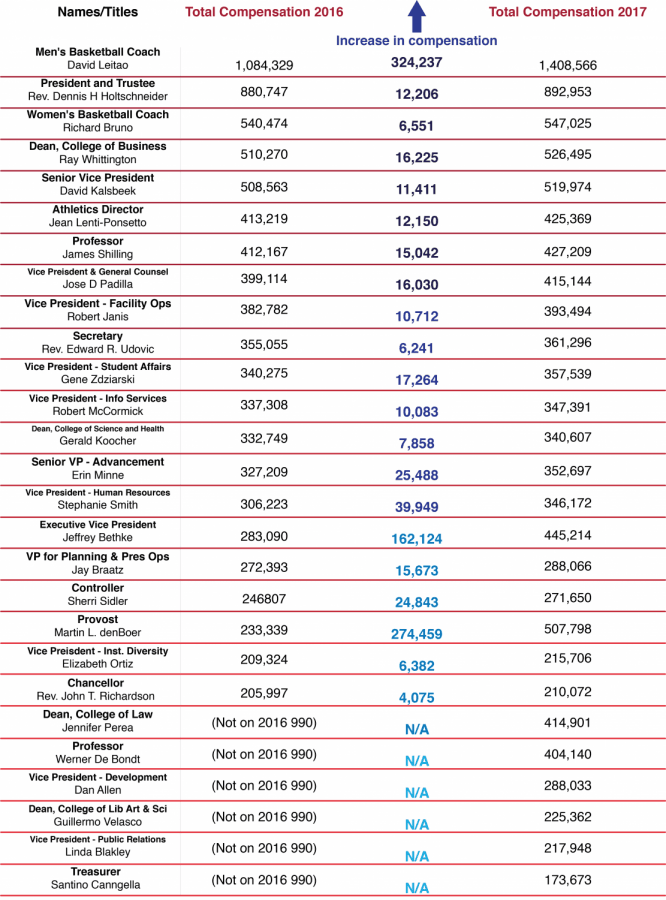Thirty five years ago, the original “Blade Runner” hypnotized viewers with never-before seen visuals and thrilling sound design.
The story alone is so captivating that Hampton Fancher and David Peoples’ adapted screenplay remains a favorite of screenwriters to this day. In an age where Hollywood is quick to pervert and recycle classics with sloppy and cliche reboots, sci-fi fans around the globe have been cautiously and optimistically holding their breath for “Blade Runner 2049.”
The good news is that fans of both cinema and sci-fi can collectively exhale. “Blade Runner 2049” is a brilliant piece of film making —a completely immersive and visceral thrill ride.

Make no mistake, this film is a clear cut sequel to the original. While audiences will certainly still enjoy “Blade Runner 2049” on its own, the experience won’t be the same without viewing the original. Many questions from the first “Blade Runner” are answered and audiences will not be left wondering as they were the first time — is Deckard a replicant?
Thanks to a $150 million dollar budget, this film is one that should not be viewed in anything other than IMAX. Much like “Interstellar,” audiences will be rocked to their core by the sound design. Hans Zimmer brings to the score a power and magnetism that only he can. Although the score is new, it also pays homage to the original. Zimmer remains true to the film’s dark theme with ominous tones, often times using didgeridoos, the ancient instrument of the Aborigines.
Ryan Gosling can’t seem to fail and delivers a stunning performance as Agent K, a replicant Blade Runner that hunts down and destroys outdated Nexus models. The film is set 30 years after the original, focused on a dystopic version of Los Angeles that has plunged further into global catastrophe, with economic and food resources scarce.
While performing his duty of hunting down replicants, Agent K is led on a wild goose chase that takes him further down a rabbit hole, leading him in search of the legendary Rick Deckard. Enter Harrison Ford, who at 75 still looks convincing enough to be trading punches with the much younger Gosling. Ford brings to the role a level of subtly and nuance that he perhaps missed in the original film. With 35 years to perfect his character, it is no surprise that the world’s highest paid actor delivers in spades.
Although Ford was excellent, Gosling’s performance could have carried the film on its own. Perhaps drawing on his quiet yet violent character from the 2011 film “Drive,” Gosling does not over -act. He is rigid when he needs to be and emotionally expressive when appropriate. As always, Gosling’s tender good looks sharply contrast his ability to portray cold violence.
Many were skeptical that director Denis Villeneuve would be able to bring justice to Ridley Scott’s 1982 cult classic. With his last two titles “Arrival” and “Sicario” achieving huge success, it seems that Villeneuve is well on his way to becoming a household name. Villeneuve incorporates a light to the film that was missing from the original. Fantastic shots of gold and amber permeate the film, washing over incredible architecture and sprawling wastelands.
Unfortunately, due to the star power of Gosling and Ford, the brilliance of the female performances may be lost on critics and audiences alike. Ana de Armas brings a quiet and perfectly understated beauty to the role of Joi that almost makes us forget that her character is nothing more than a hologram of artificial intelligence. Likewise, Sylvia Hoeks brings a raw savagery and brutality to her role as Luv that few women dare to explore.
The plot twist is fresh and for fans of the original, there are plenty of tributes that can be easily spotted throughout the film. Several favorite characters make an appearance including a cameo by Edward James Olmos. Although Jared Leto may have been type casted, he delivers a convincing role as Dr. Tyrell’s successor — a performance that he desperately needed after his role as Joker in “Suicide Squad, “which was widely considered to be a flop.
What makes “Blade Runner 2049” a cinematic masterpiece is that it takes the viewer through the entire range of the human experience. The film explores the very limits of love, rage, violence, sexuality,and ultimately questions what it means to be human. The film will force you to look deep within yourself and examine your own humanity. While love permeates the storyline, it is so brilliantly juxtaposed with brutal violence that it does not for a second become cheesy. With visuals that will transport you through space and time, coupled with sharp dialogue and sound design, this film is one that should not be missed.





